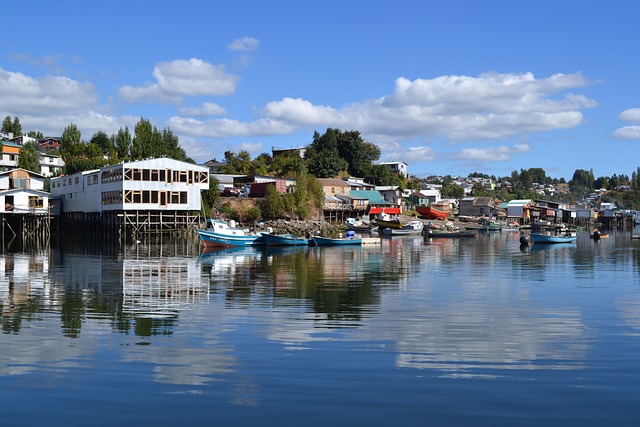In the twenty-fourth chapter of the Great Encyclopedia of Chile, we have gotten to know the main features of the region of Tarapaca, its population, economy and tourist attractions.
General characteristics
– The new province of the region of Tarapaca is the Tamarugal, which contains the comunas (counties) of Pozo Almonte, Camiña, Colchane, Huara and Pica.
– The predominant climate in the region of Tarapaca is desert climate, with a few variations depending on the location from west to east. This, because there are influential factors like altitude, being near the ocean, etc.
– Two Protected Wild Areas can be found in this region. They are the Isluga Volcano National Park and the Pampa del Tamarugal National Reserve.
Regional economy
– Mining is one of the most important economic activities that takes place in the region. There is a predominance of private projects, such as Quebrada Blanca and Doña Ines de Collahuasi. There is also non metallic mining, like the exploitation of saltpeter and sodium chloride, among other minerals.
– The most important regional business center is the Iquique Free Trade Zone.
Tourist attractions
– The architecture of Iquique’s historical quarter is characterized for having luxurious structures that are almost entirely made out of wood and are a reflection of the economic splendor enjoyed during the times of saltpeter.
– A few of the festivities celebrated in the region are the celebration of La Tirana, the patron celebration of San Juan de Cariquima and the patron celebration of Nuestra Señora del Rosario de Mamiña, among many others.
«Circulation authorized by Resolution Nº190, from June 12th, 2008 by the National Administration of State Borders and Limits. The editing and circulation of the maps referring or relating to Chile’s borders and limits do not make any kind of commitment on the part of the State of Chile, in accordance to Art 2, letter g) of Decree Law Nº83 from 1979 of the Ministry of Foreign Relations«.





 Nace Charles Chaplin
Nace Charles Chaplin